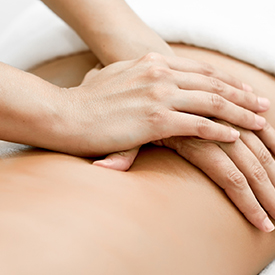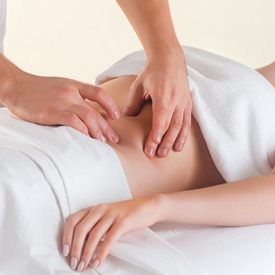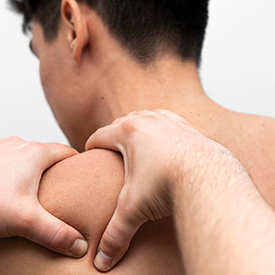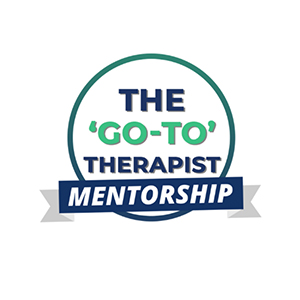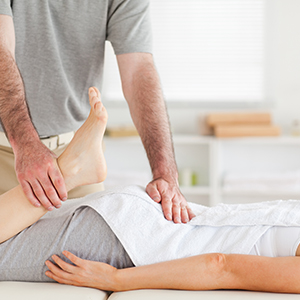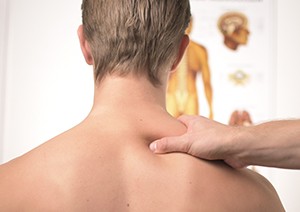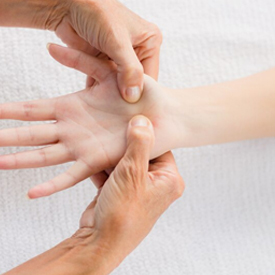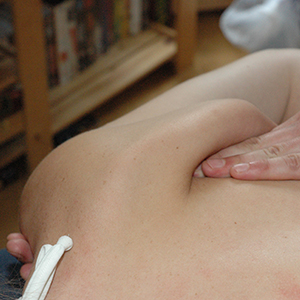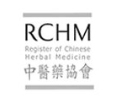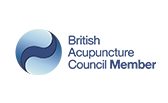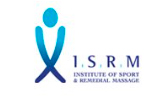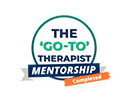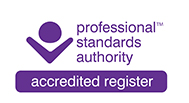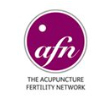Bodywork
Bodywork
Have you come across the term bodywork before? It is preferred by practitioners who do more than just massage. Yes, massage can be part of it, but what we do in your bodywork therapy is not only work on the tissues but also the nervous system.
Certain loads in the right places, with specific movement stimulation can help your nervous system reorganise the tension relationships in your body. This not only leads to a change in how you feel but also your increases movement options. Then you move into that space to hold onto the changes, with strengthening or mobilising focus, which leads to the lasting changes you are looking for.
Think about the last time you felt great. Happy, alive, free and easy in your body and mind. If that was a while back, hang onto that memory, it will help you find your way back. If you don’t know where you want to go, how are you going to get there? And if you can’t recall a feeling like that, don’t despair, its in there somewhere even if it was back when you were a kid.
Below are links with more information about some of the bodywork techniques and physical therapy treatments that can be drawn from for your treatment. To address your physical imbalances and move toward where you want to be in your body.
FAQs
During a myofascial release treatment, your therapist will use gentle, sustained pressure on specific areas of your body to release tension and tightness in the fascia, the connective tissue surrounding muscles and organs. You may be asked to move or stretch in certain ways to help target the right areas of restriction.
The treatment is slow and deliberate, with the pressure adapting to how your body responds. While myofascial release is not typically painful, you may experience some discomfort as tight fascia or muscle knots are worked through, but it should feel like a release rather than intense pain. The goal is to reduce pain, improve mobility, and restore balance by easing the restrictions in the fascia.
Fascia is a dense network of connective tissue that surrounds and supports muscles, bones, nerves, and organs throughout your body. It is composed of collagen fibres and acts like a web that holds everything in place.
Fascia can become tight, inflamed, or restricted due to injury, overuse, or poor posture, leading to pain, stiffness, and limited mobility. Since fascia is interconnected throughout the body, restrictions in one area can affect other regions, often causing discomfort or dysfunction that may seem unrelated to the original problem.
A trigger point is a tight, tender knot or band of muscle fibres that can cause localized pain and may refer pain to other areas of the body. These points of tension develop when a muscle becomes overstretched, overused, or injured, causing a small contracture in the muscle fibres. This contracture interferes with the way nervous system senses, which leads to the referred pain.
Trigger points can lead to chronic pain, restricted range of motion, and discomfort in the surrounding muscles. Myofascial release and neuromuscular therapy is particularly effective at targeting and releasing trigger points, helping to alleviate pain, improve muscle function, and restore mobility. At acubody therapy we may integrate this with the use of acupuncture, cupping and movement rehabilitation.

